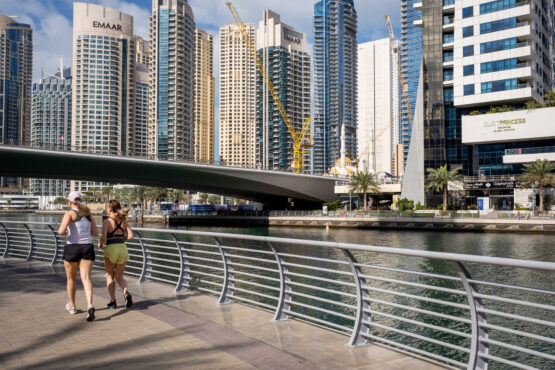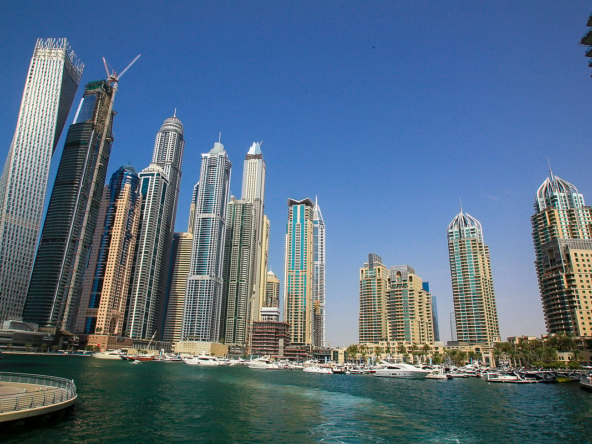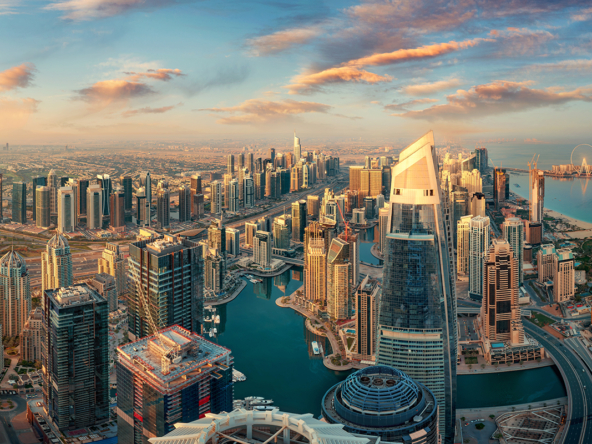The surge in Dubai’s luxury real estate market persisted into the first quarter, with affluent buyers once again fueling record-breaking sales of properties priced over $10 million. Between January and March 2025, a total of 111 homes were sold, amassing a combined value of $1.9 billion, reflecting a 5.7% growth compared to the same period in the previous year, according to Knight Frank. The brokerage also noted that 12 homes priced at $25 million or more were sold during the first quarter. The rise in sales highlights how Dubai’s property sector maintained robust demand leading up to the global market disruptions in April, following President Donald Trump’s announcement of widespread global tariffs.
Experts have cautioned that Dubai’s real estate industry could now encounter greater risks. Wealthy individuals worldwide might scale back their investments amid ongoing market uncertainties. Additionally, declining oil prices could weigh on Gulf economies. The first-quarter figures demonstrated a “continued appetite from global UHNWIs looking for unique trophy properties,” said Faisal Durrani, Knight Frank’s head of Middle East research. However, Durrani also emphasized the potential risk that global financial turbulence might eventually affect Dubai’s property market.
“It is still early days, but one thing we must monitor closely is sentiment,” Durrani remarked. “There’s always a danger of contagion — negative sentiment spreading — and that’s not something that can be controlled domestically.”
Dubai’s real estate demand has surged since 2020, fueled by the government’s effective pandemic management and more liberalized visa policies, drawing a large number of international investors. The luxury segment — particularly waterfront villas on the man-made Palm Jumeirah — has seen significant benefit from the influx of wealthy expatriates. During the first quarter, Palm Jumeirah stood out as one of the most sought-after areas, recording 34 transactions for homes priced above $10 million, totaling $562.8 million, Knight Frank reported. Meanwhile, the supply of luxury properties has dwindled, with listings of homes valued at over 50 million dirhams dropping by 48% last year.
Looking ahead, Durrani pointed out that tariffs impacting supply chains for raw construction materials represent another potential challenge.
“What could be the consequences, if any, on the future supply? Will we be able to meet the planned targets, or might delivery timelines be hindered — which may not necessarily be a negative outcome?” he questioned.




